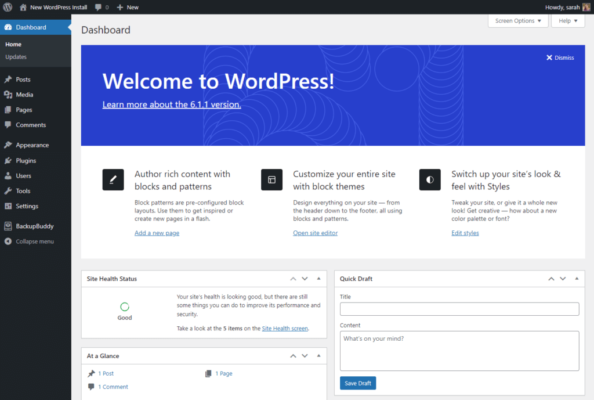
WordPress is the most popular content management system (CMS) in the world, powering over 40% of all websites. However, its popularity also makes it a target for hackers.
There are many WordPress security issues that website owners need to be aware of. Here are some of the most common:
- Brute force attacks: These attacks involve hackers repeatedly trying to guess your login credentials. They can be automated, so it’s important to use strong passwords and enable two-factor authentication (2FA).
- SQL injection attacks: These attacks exploit vulnerabilities in WordPress’s database to steal data or take control of your website. To prevent these attacks, make sure your WordPress installation is up to date and use a security plugin that scans for and blocks SQL injections.
- Cross-site scripting (XSS) attacks: These attacks inject malicious code into your website’s pages. This code can then be used to steal cookies, hijack sessions, or redirect users to malicious websites. To prevent XSS attacks, use a security plugin that scans for and blocks XSS.
- Malware attacks: Hackers can upload malware to your website, which can then be used to steal data, take control of your website, or send spam. To prevent malware attacks, keep your WordPress installation up to date, use a security plugin that scans for malware, and only download plugins and themes from reputable sources.
- DDoS attacks: These attacks overwhelm your website with traffic, making it unavailable to visitors. To prevent DDoS attacks, use a CDN (content delivery network) to distribute your website’s content across multiple servers.
In addition to these common security issues, there are many other ways that hackers can target WordPress websites. By following the best practices outlined below, you can help to protect your website from attack:
- Keep your WordPress installation up to date. WordPress regularly releases security updates, so it’s important to install them as soon as possible.
- Use strong passwords and 2FA. Strong passwords should be at least 12 characters long and include a mix of letters, numbers, and symbols. 2FA adds an extra layer of security by requiring you to enter a code from your phone in addition to your password.
- Use a security plugin. There are many security plugins available for WordPress that can help to scan for and block malicious code, as well as prevent other types of attacks.
- Only download plugins and themes from reputable sources. Plugins and themes are often the source of security vulnerabilities, so it’s important to only download them from trusted sources.
- Back up your website regularly. This will help you to restore your website if it is hacked.
By following these best practices, you can help to keep your WordPress website secure. However, it’s important to remember that no website is 100% secure. If you think that your website has been hacked, it’s important to take action immediately. Contact your hosting provider and a security expert to help you to clean up the attack and prevent it from happening again.